Each year on December 31st, people standing in Times Square and people all over the world sitting around their television countdown for the New Year’s Eve ball drop in Times Square. Though the technology involved in today’s celebration is a modern marvel, the Times Square New Year’s Eve ball drop is a tradition that goes back more than 115 years.
Before the New Year’s Eve ball drop
Before the ball dropped, celebrations of the New Year in New York City started at Trinity Church in lower Manhattan. The custom may have started as early as 1698 when a bell was installed in Trinity’s steeple, but the first record of a bell ringing in the New Year was in 1801. Crowds came to hear the eight bells in the belfry played by James E. Ayliffe, the official bellringer. The New York Herald described the scene in 1860:
“There were numerous watchers around and about the venerable walls of old Trinity at the mystic hour ‘when spirits are said to walk abroad,’ lingering there to hear the first thrilling peal of the clattering bells in their iron tongued farewell to the dying year. And presently it came. First, the three-quarter chime, giving the world to know that there remained but one-quarter of an hour ere the year 1860 would be drawn into the ever-moving stream of ages.”
The crowds grew each year until police officers were needed to control things in the 1890s. The tradition would be popular until the beginning of the 1900s when fireworks in Times Square gained attention.
The Ball Drops in New York City
Our tradition of the ball dropping at midnight didn’t start until 1907. In the years leading up to the first New Year’s Eve ball drop, the publisher of the New York Times Adolph S. Ochs had set off fireworks on New Year’s Eve for three years to entertain his party guests and the 200,000 people who came to watch them. However, the hot ash that rained down on the city caused New York City officials to ban fireworks in 1907.
Ochs needed a new way to amaze the city. The use of electric lightbulbs was sure to do the trick, with most homes still being lit by candles until into the 1920s. Ochs commissioned Jacob Starr, a prominent member of Strauss Signs, the creator of magnificent New York City signs, to develop a concept.
Though some have said that the original ball was inspired by a metal ball that dropped from a pinnacle at Western Union Building to signal noon each day, contemporary historians, and Starr’s family, believe that the time balls used to signify time for nautical purposes was the true inspiration.
Starr’s creation was five diameters around, weighed 700 pounds, and was lowered manually. When the clock struck midnight, a sign that read “1908” lit up the building and spectators blew horns and rang cowbells to usher in the New Year. While it may seem simple or even primitive to us today, it would have been thrilling for people of the time to see considering how new an invention lightbulbs were.
Variations of the Times Square ball
Since 1907 there have been 7 versions of the famous glowing ball, including a “Big Apple” ball briefly used in the 1980s to also promote NYC as a tourist destination.
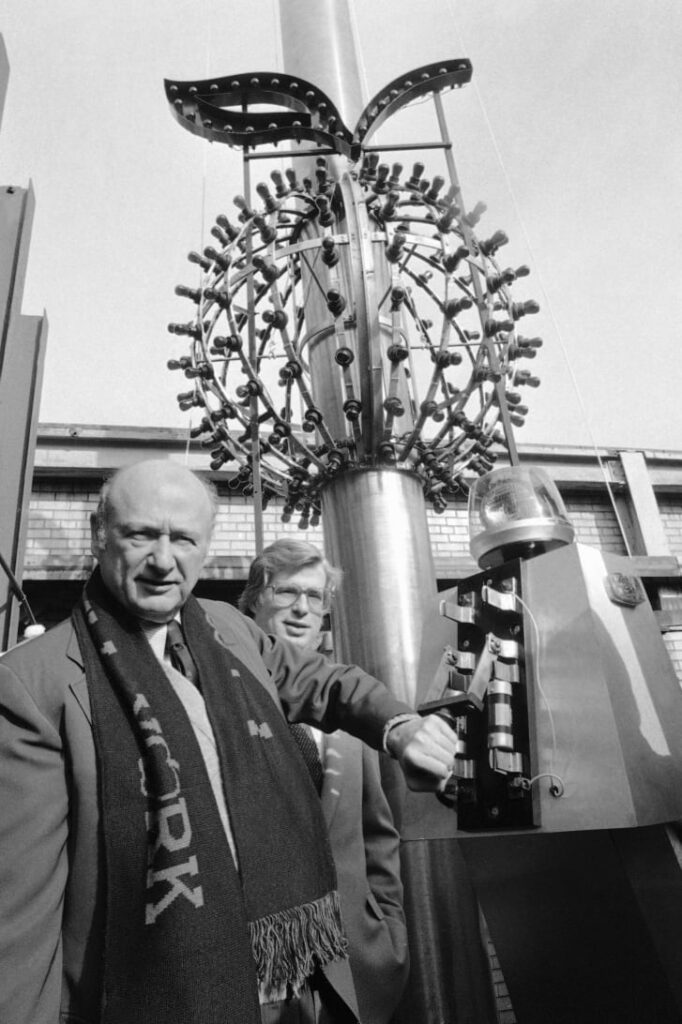
The celebration has continued each year since, except for 1942 and 1943. The ceremony was skipped those years due to the “dimout” of lights in New York City during WWII. Even though the ball didn’t drop those two years, people still gathered in Times Square to have a moment of silence and then a ringing of chimes.
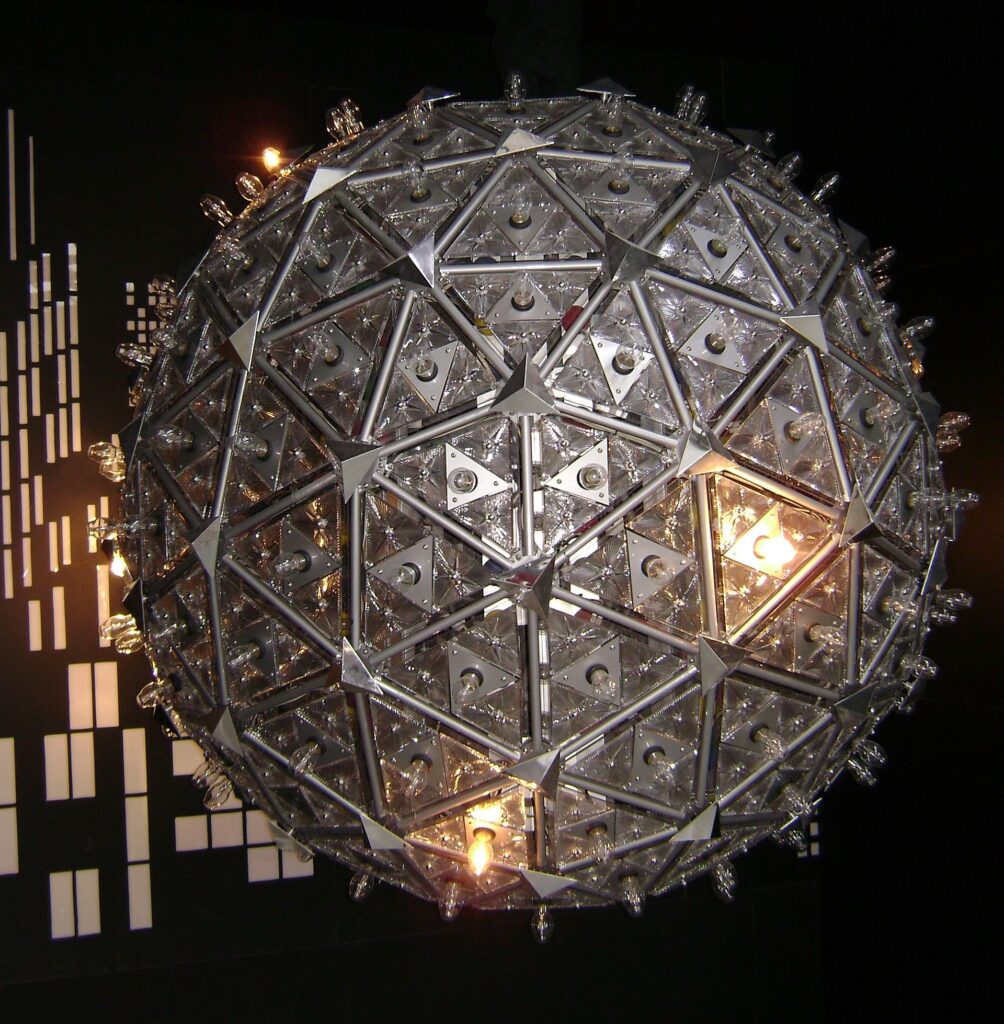
Will you be watching the ball drop this year?
by Faith Briggs updated November 2021 by Janice Formichella
Keep celebrating! More holiday fun:
1950s recipes for the holidays that aren’t as loved today

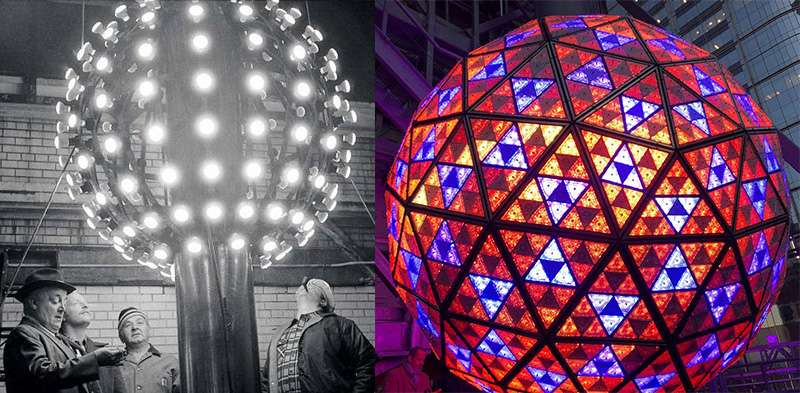
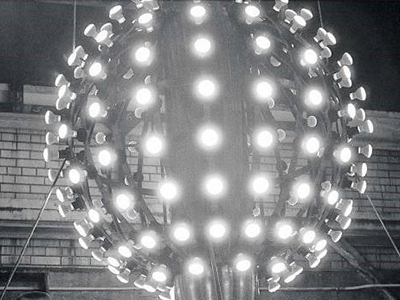
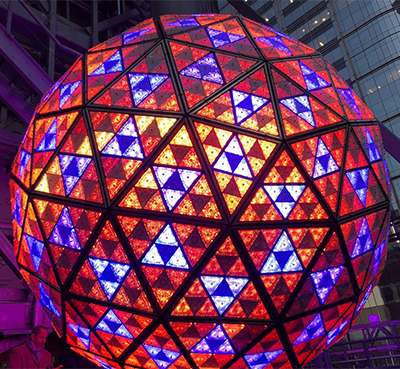











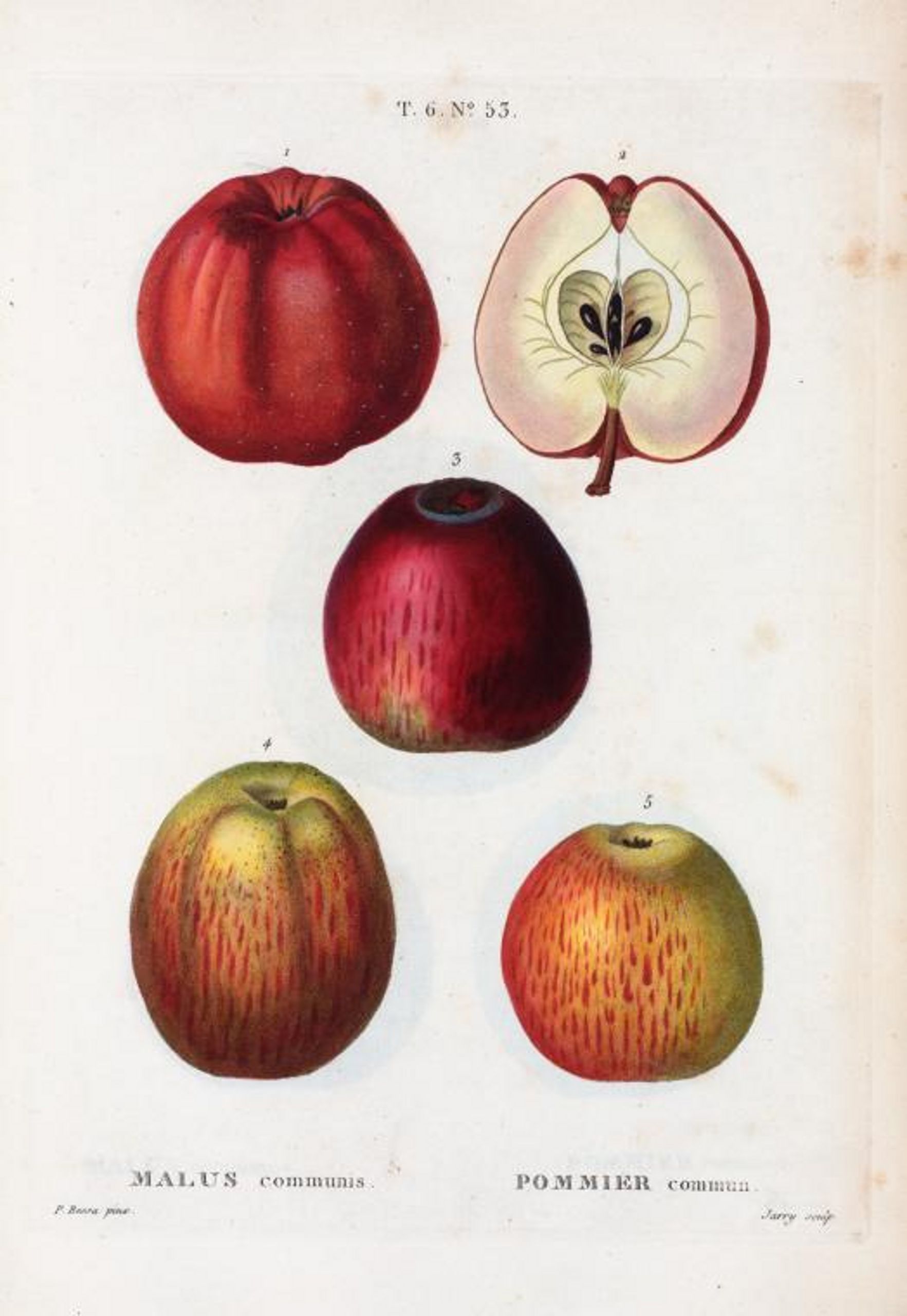
Leave A Comment